The Giants and Washington Football Team meet in Week 2 with both teams trying to secure their first win of the season. Here are five factors to watch from the opponent:
1. Heinicke in: The Washington Football Team invested in a new quarterback, Ryan Fitzpatrick, but he did not make it through the first half of the team's opening week. A hip injury will keep him out of Thursday night's game, which means Taylor Heinicke will start. Heinicke has two career starts, one in the regular season for Carolina in 2018 and in last year's Wild Card round against the Tampa Bay Buccaneers. He played well against Tampa completing 26-of-44 for 306 yards with one touchdown and an interception.
Heinicke was efficient after replacing Fitzpatrick against the Chargers in Week 1. After throwing incomplete passes on his first two throws, he settled down and completed 11 of his next 13 passes for 122 yards and a touchdown. Heinicke is not afraid to throw the ball downfield but Washington offensive coordinator Scott Turner also schemed up some easy quick-hitters for him out of RPO's and screen passes. Heinicke had six passes at or behind the line of scrimmage in just over a half of football.
Heinicke was responsible for all four of Terry McLaurin's receptions for 62 yards and all three of Logan Thomas' three catches for 30 yards. With Curtis Samuel on injured reserve, rookie Dyami Brown, Adam Humphries and Cam Sims played the other snaps at wide receiver.
Heinicke is a mobile quarterback. He is elusive enough to evade the rush in the pocket, and rushed three times for 17 yards. Turner will get him on the move to take advantage of his athleticism and help the team's pass protection.
2. O-line configuration: Washington quarterbacks were constantly under pressure against the Chargers in Week 1. Pro Football Focus tracks quick pressure that arrives in fewer than 2.5 seconds. Washington allowed quick pressure on 40% of their snaps, which was the highest rate in the NFL from Week 1. Overall, Washington quarterbacks were sacked once, hit seven times and hurried five more times.
After releasing Morgan Moses this off-season, Washington drafted Texas offensive tackle Sam Cosmi in the second round with the 51st overall pick and started him in Week 1. His reward was lining up against Pro Bowler Joe Bosa and the results were predictable. Cosmi allowed a sack, three quarterback hits, and two hurries in the game, according to Pro Football Focus.
The rest of the Washington line is filled with veterans. Lining up from left to right will be Charles Leno Jr., Ereck Flowers, Chase Roullier, Brandon Scherff and Sam Cosmi.
3. Running the ball: Antonio Gibson, a converted wide receiver, has taken over as Washington's featured back. He is a multi-faceted player who can run between the tackles, turn the corner, and catch the ball out of the backfield. He played 65% of the snaps in Week 1 and ran it 20 times for 90 yards. He also caught three passes for 18 yards and lined up a handful of times as a wide receiver. JD McKissic is the team's secondary back, and is effective as a weapon on passing downs. Washington will run a lot out of shotgun but they blend in a lot of different styles with a mix of zone, gap and power schemes. They will use pre-snap jet-sweep motion to try to move defenders eyes to open up creases in the defense.
View photos of the likely starters for the Washington Football Team ahead of the Week 18 matchup against the Giants.
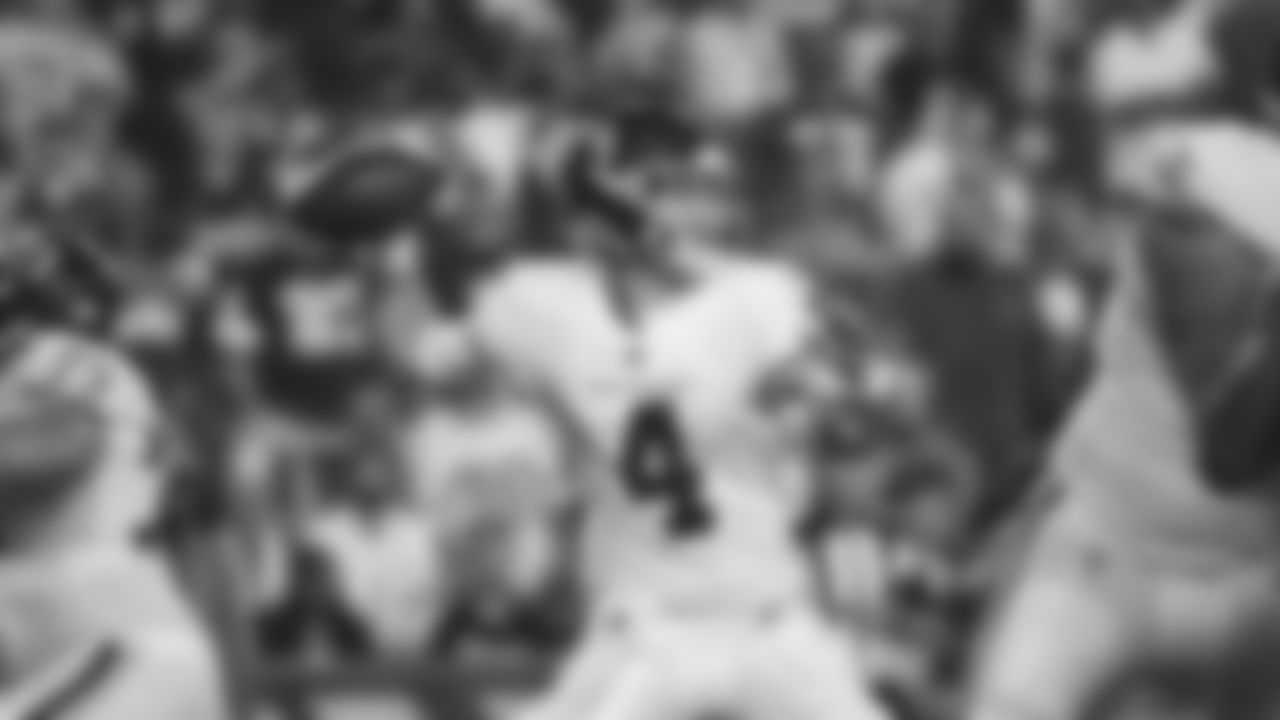
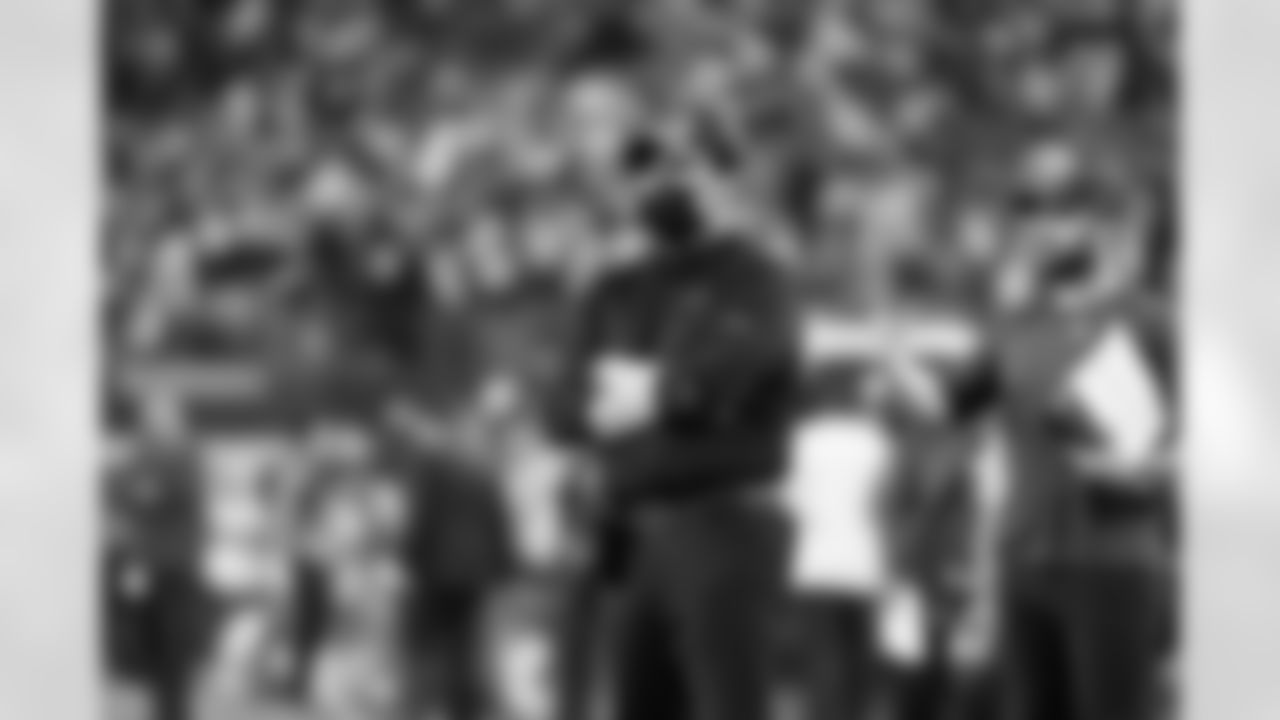
HC Ron Rivera
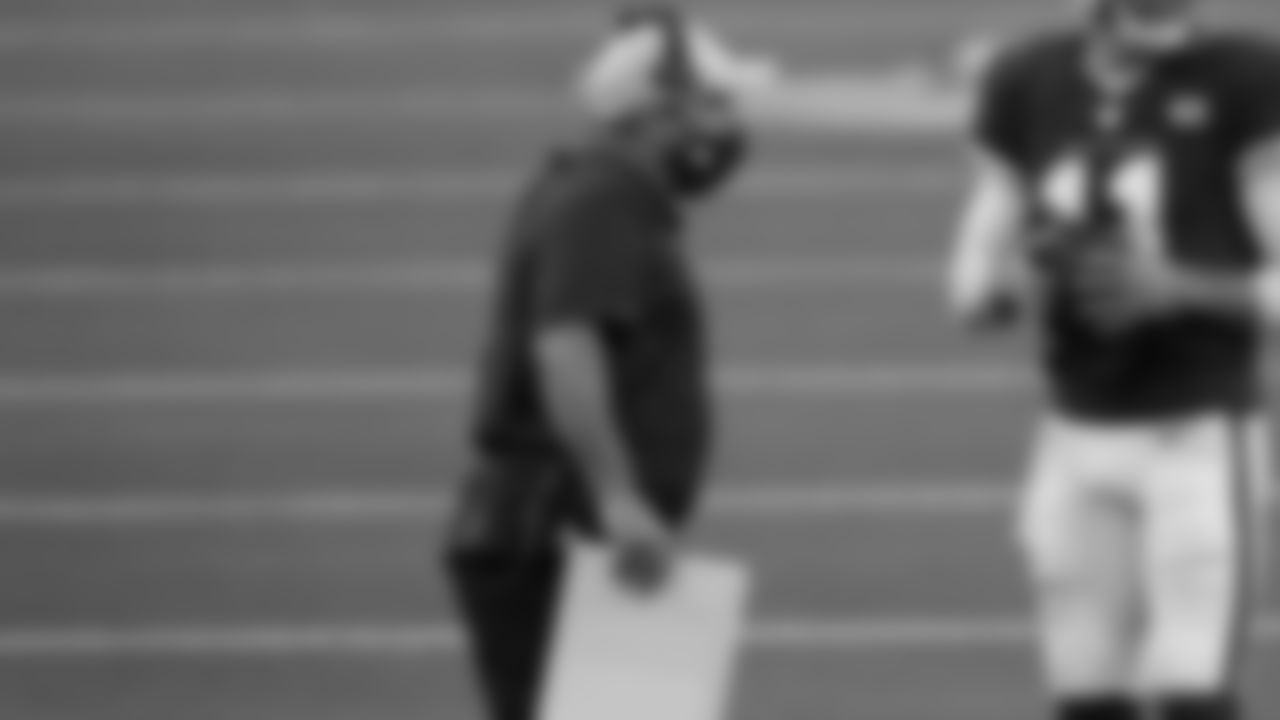
OC Scott Turner
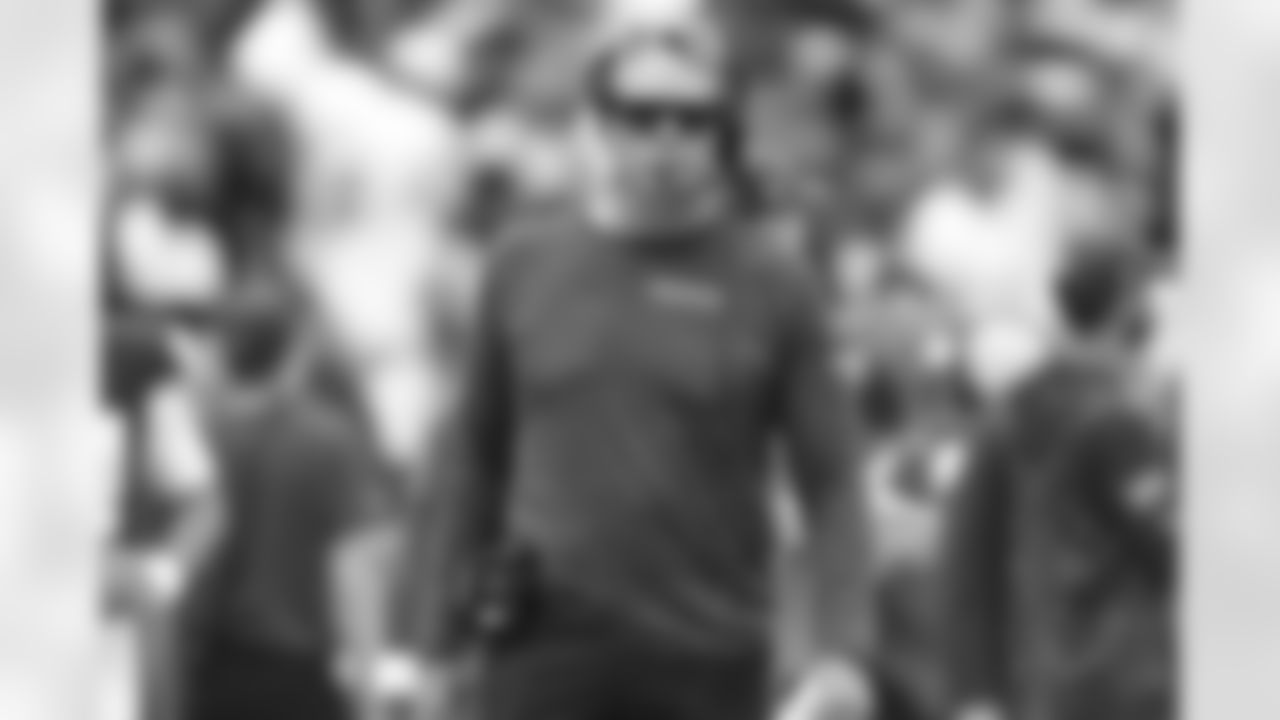
DC Jack Del Rio
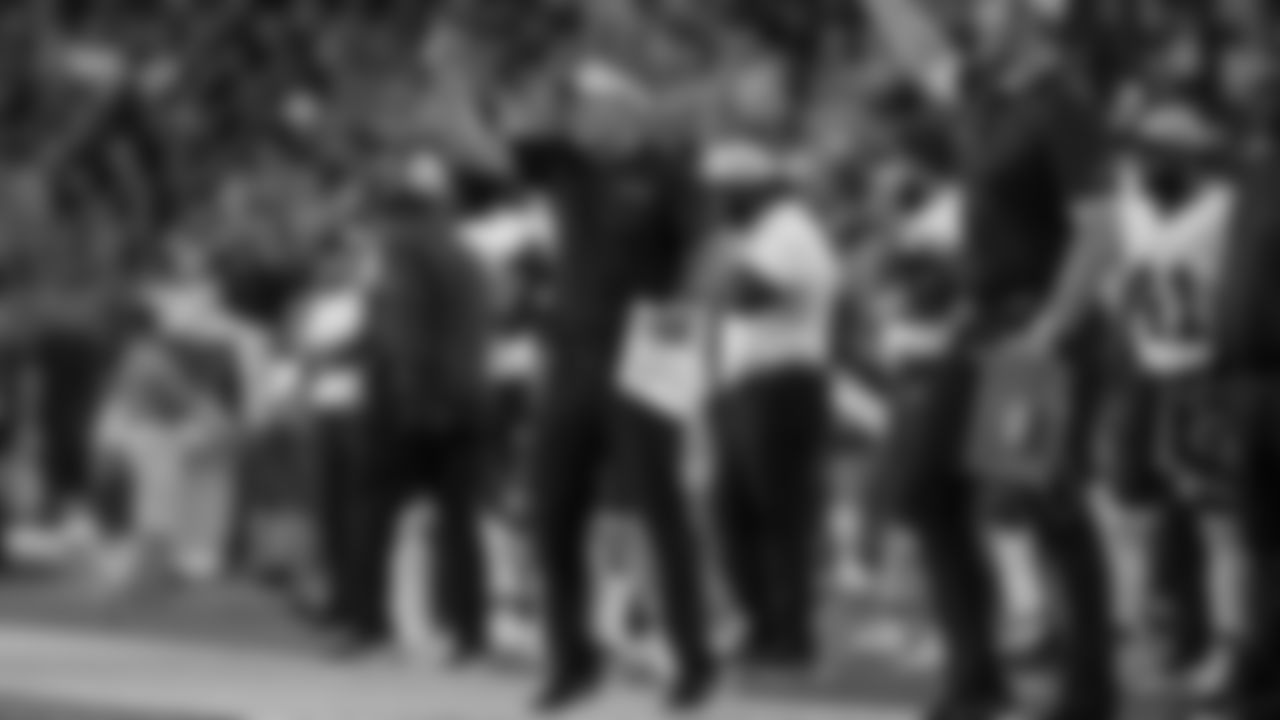
STC Nate Kaczor
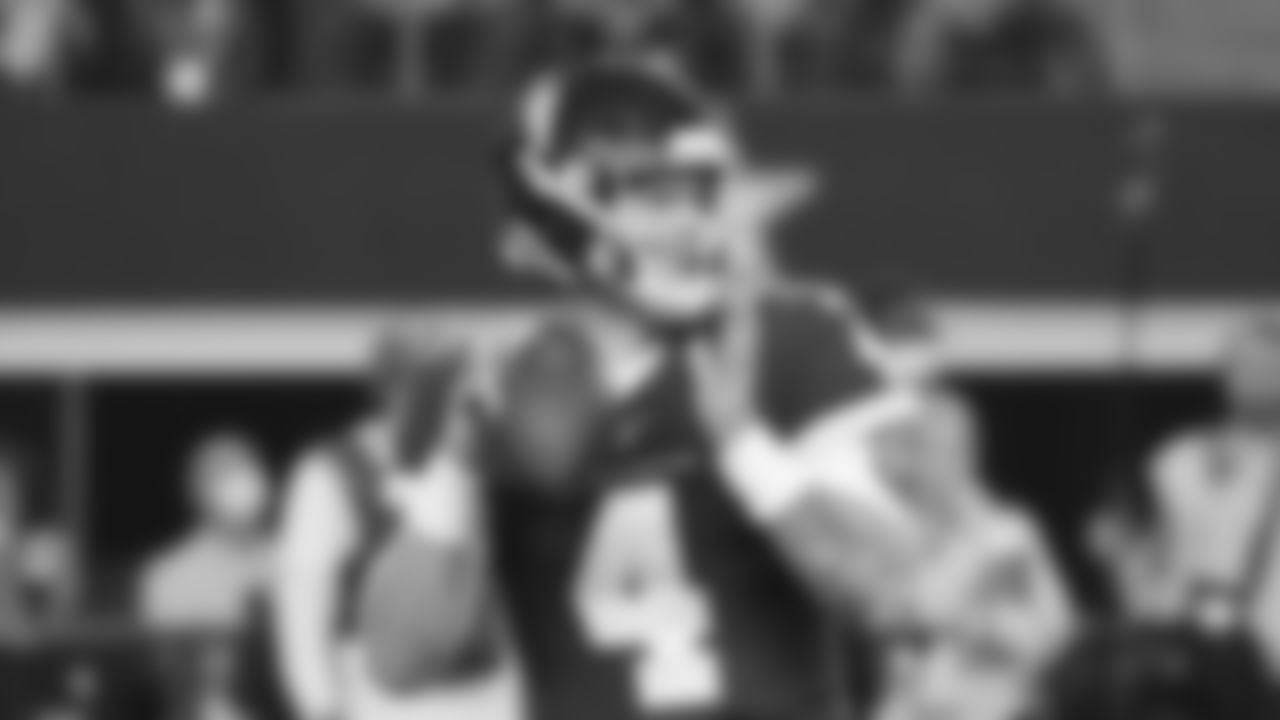
QB Taylor Heinicke
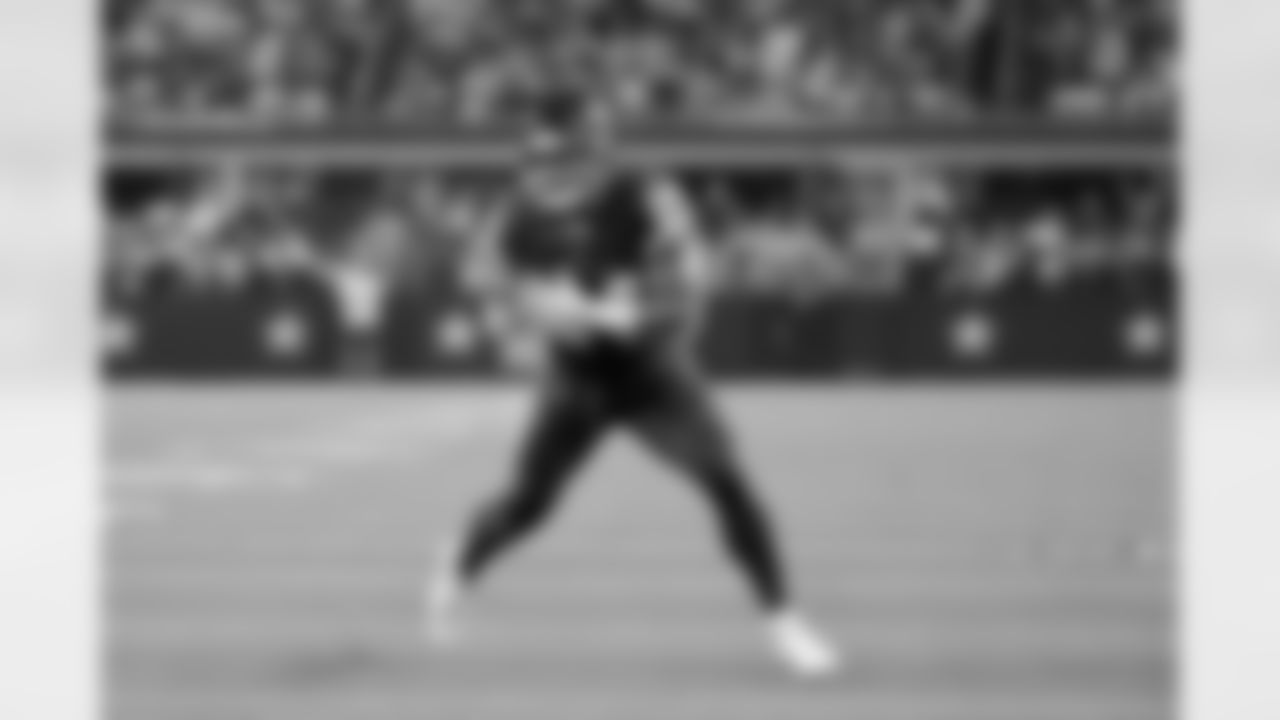
RB Antonio Gibson
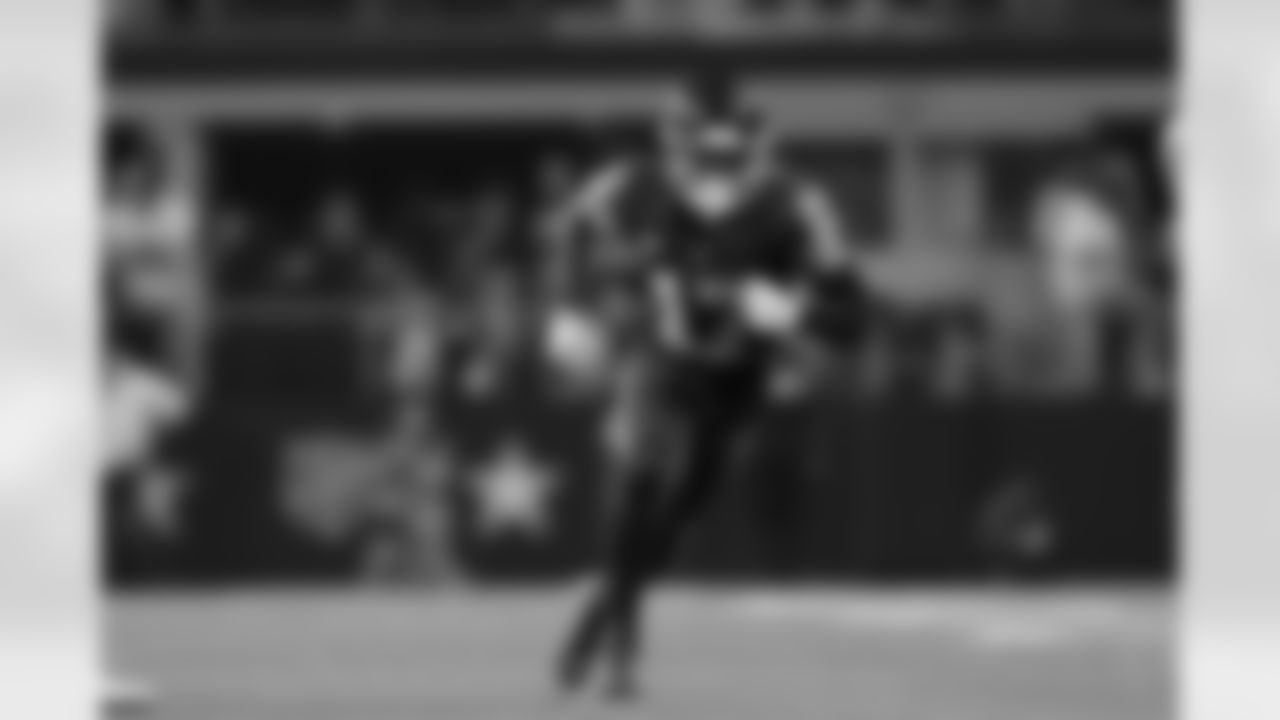
WR Terry McLaurin
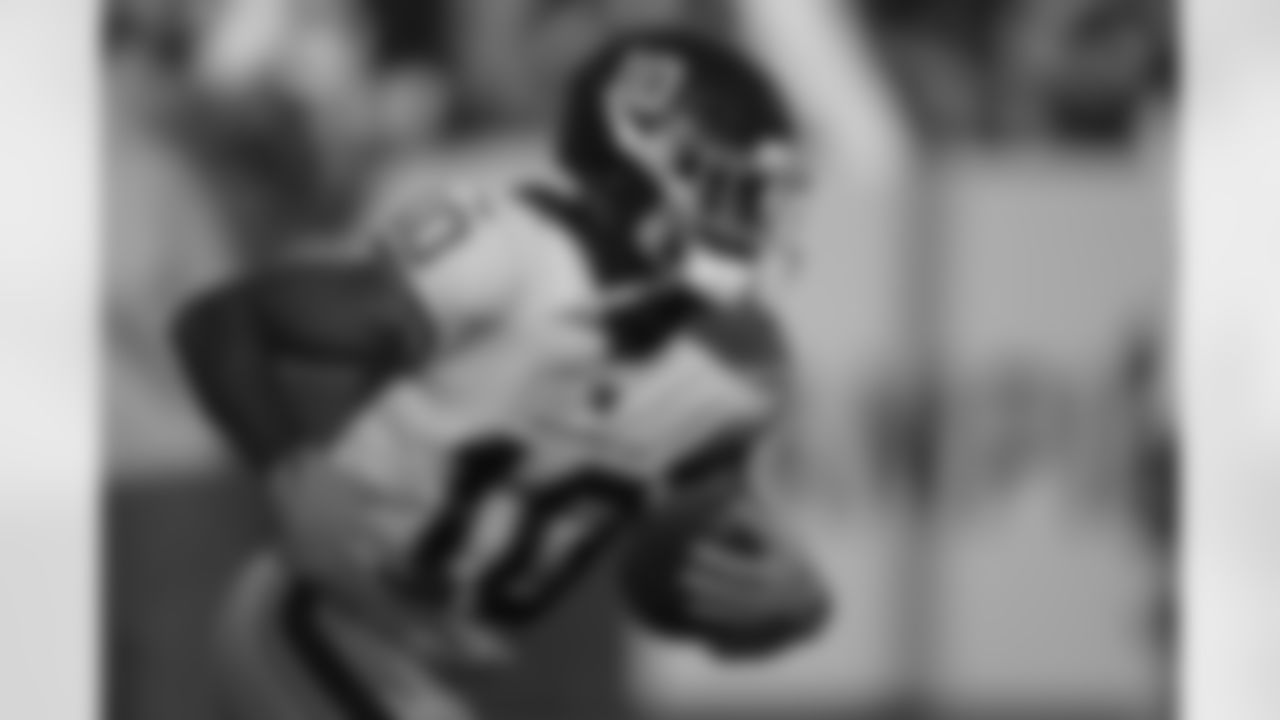
WR Curtis Samuel

WR DeAndre Carter
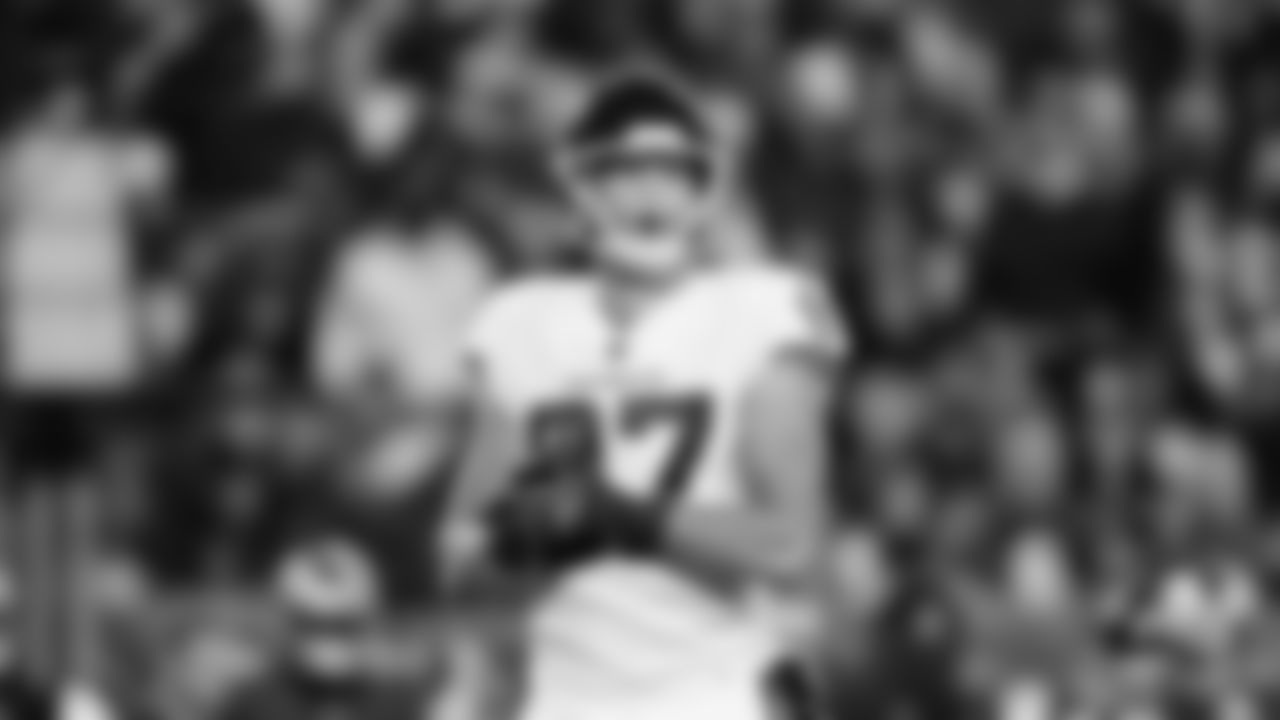
TE John Bates
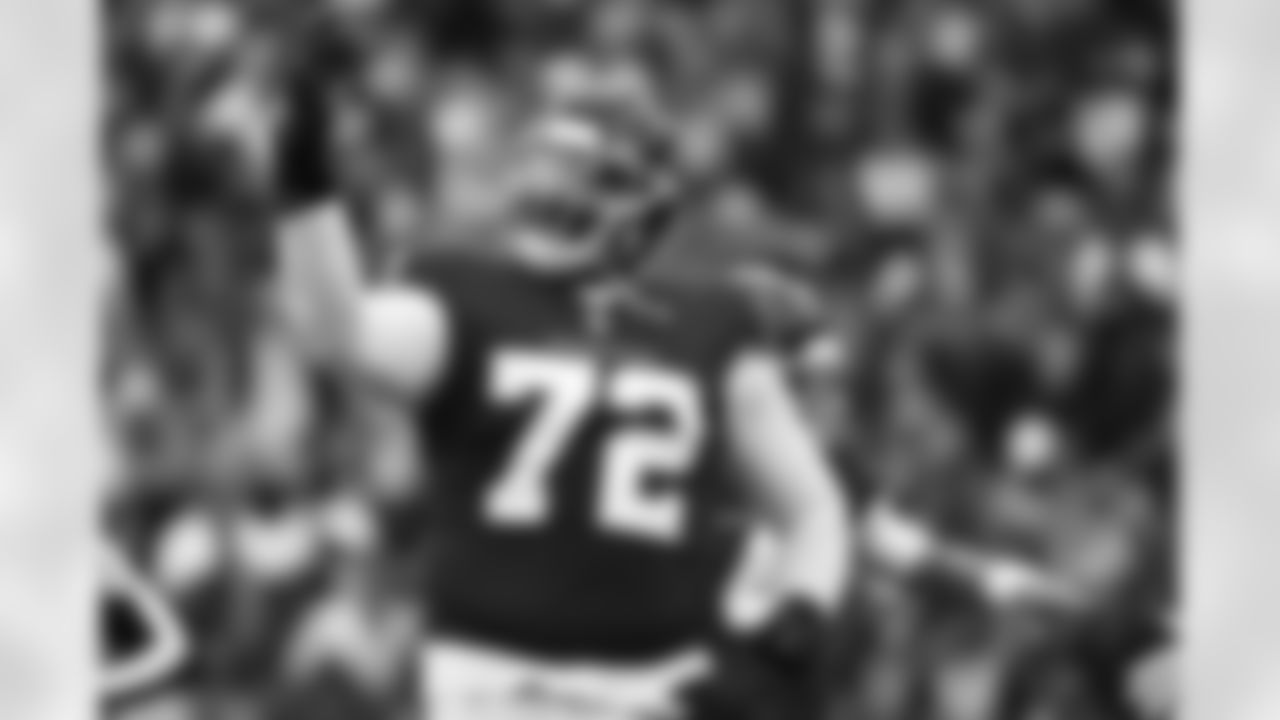
LT Charles Leno Jr.
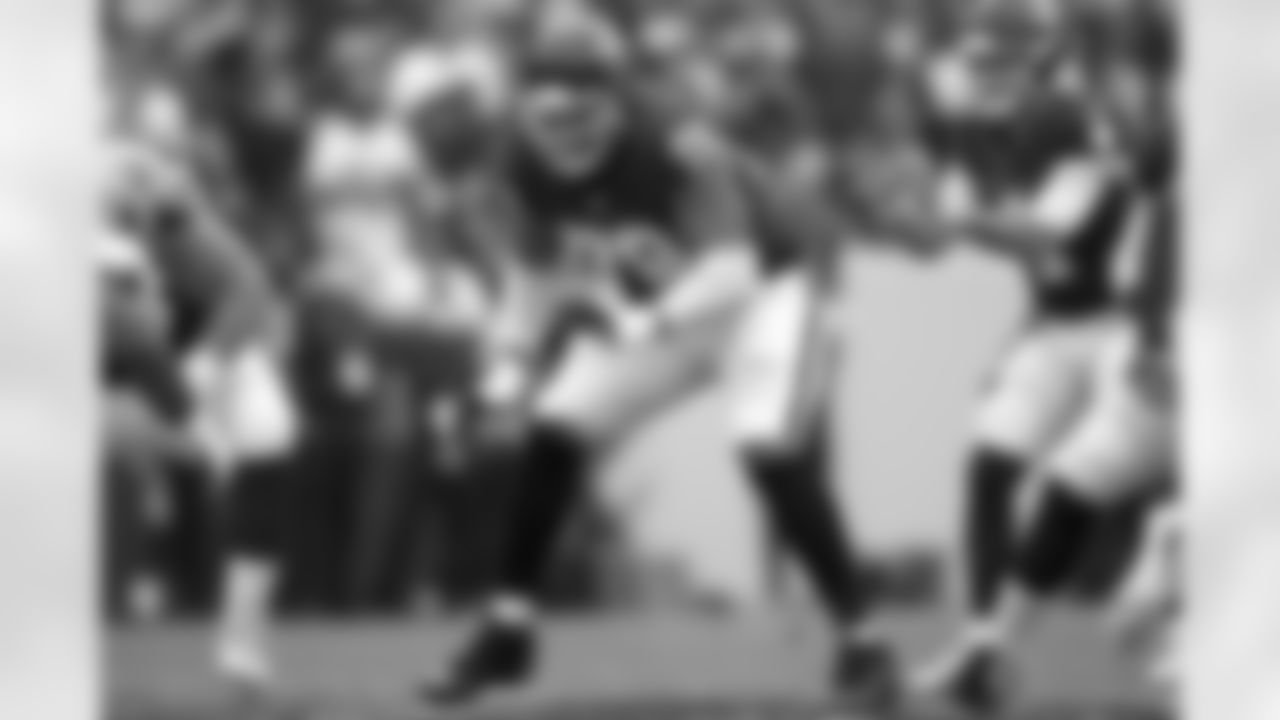
LG Ereck Flowers Sr.
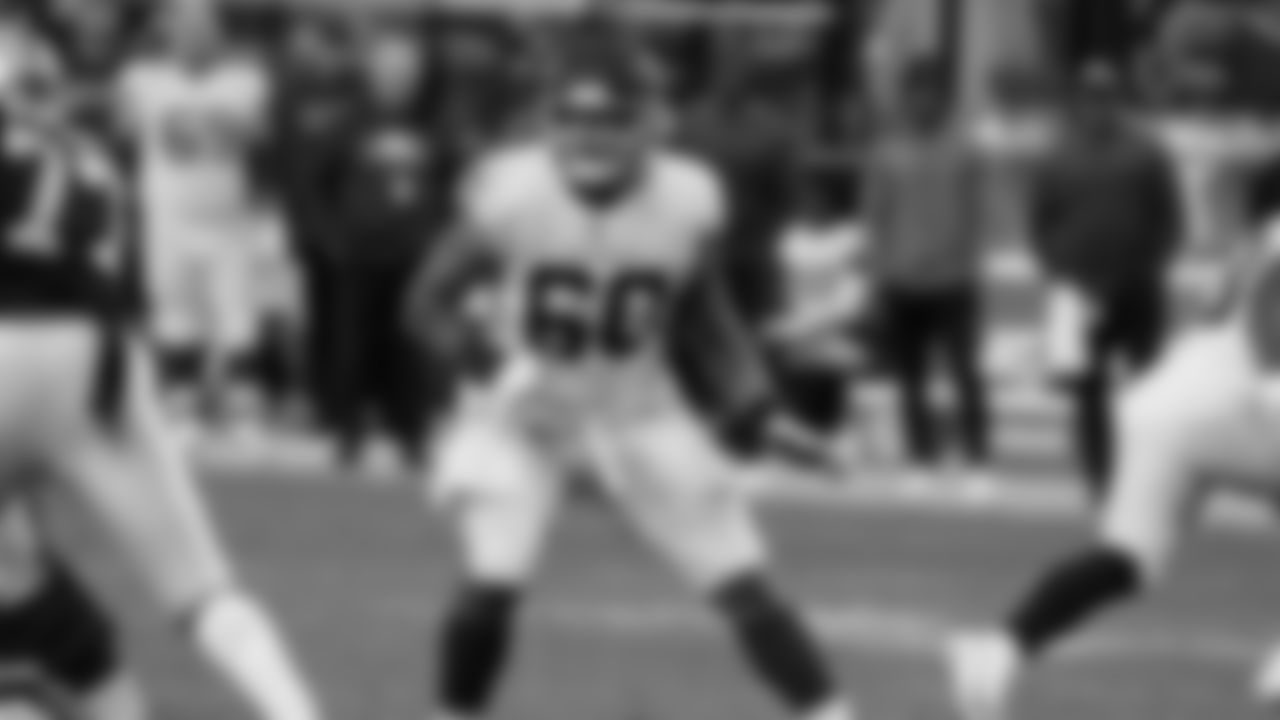
C Keith Ismael
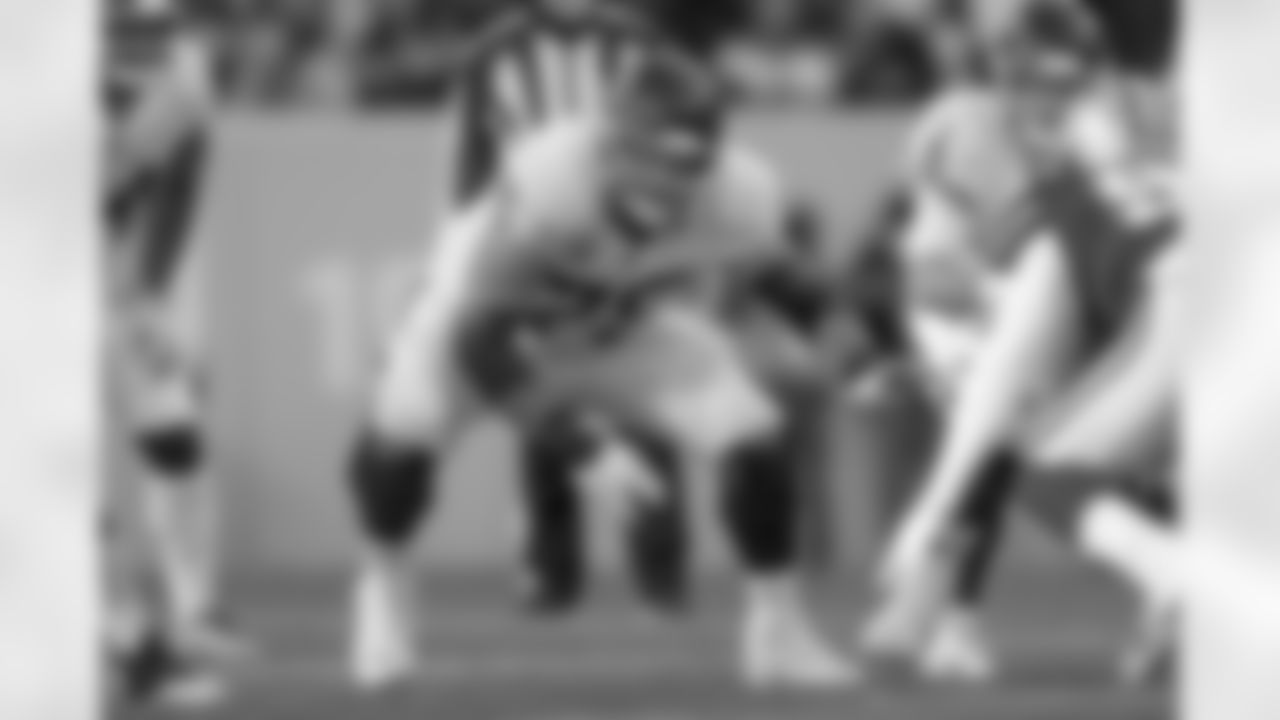
RG Brandon Scherff
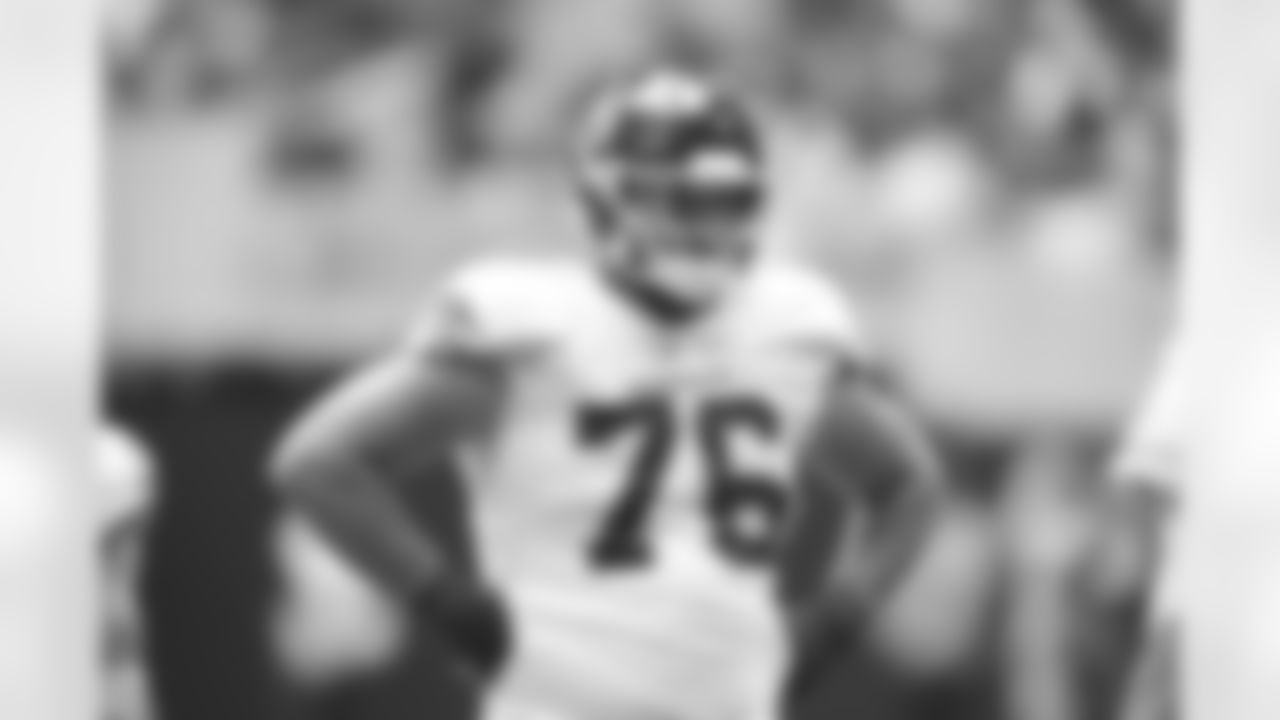
RT Sam Cosmi

DE Montez Sweat
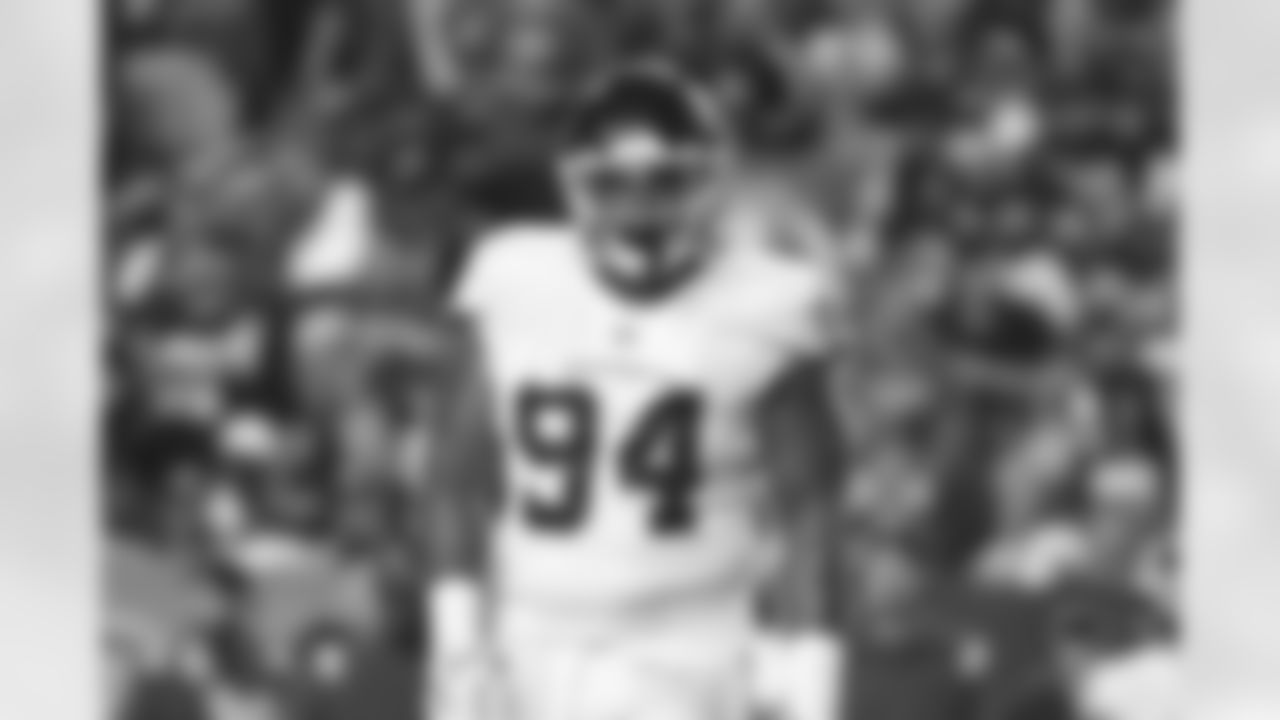
DT Daron Payne
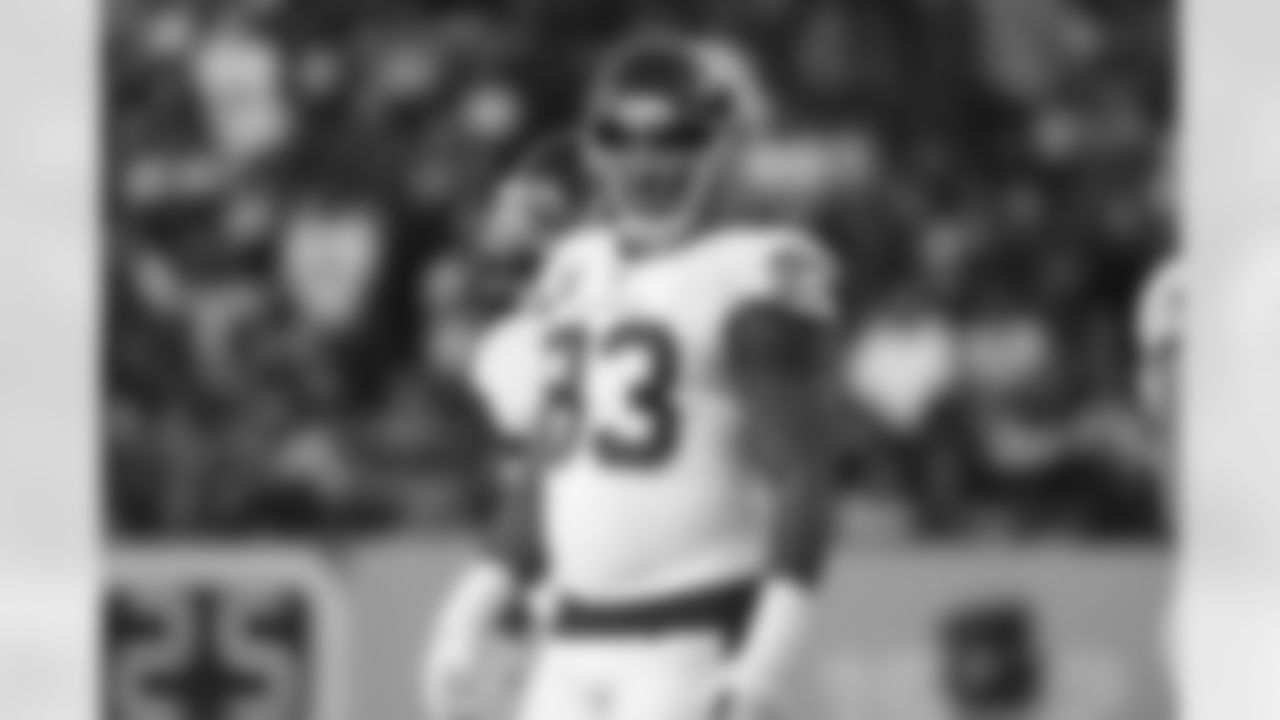
DT Jonathan Allen
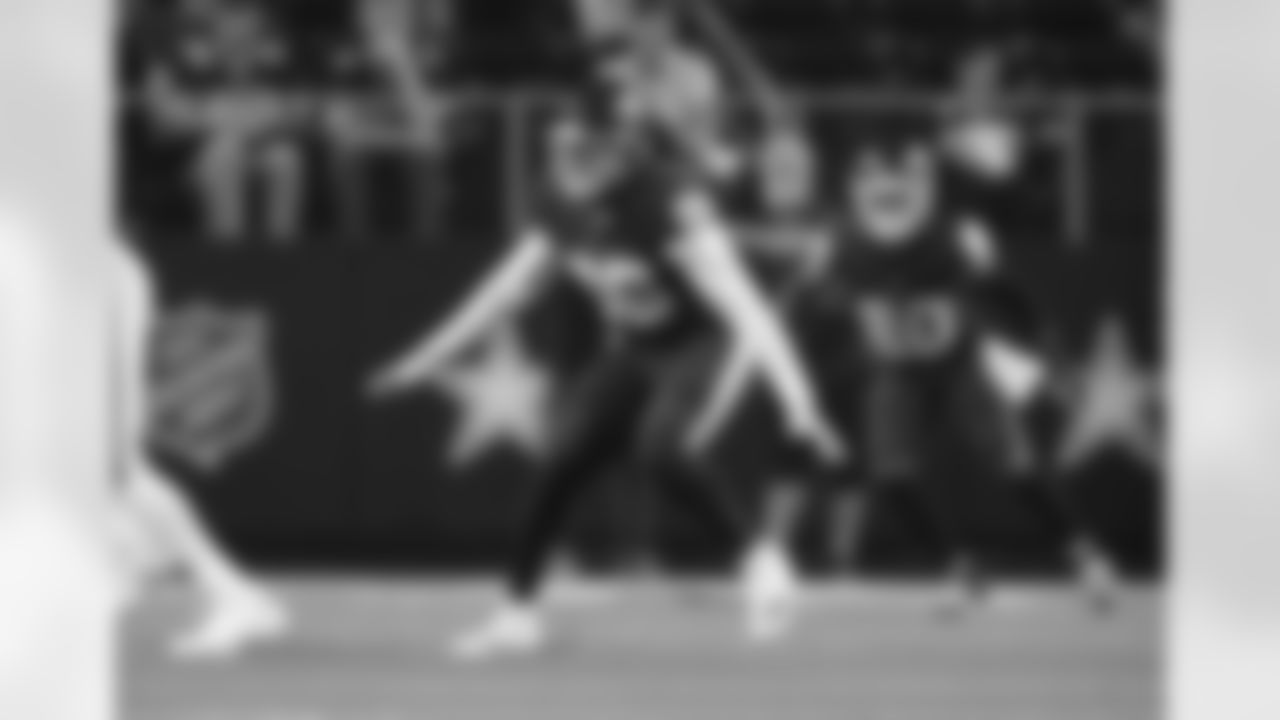
DE James Smith-Williams
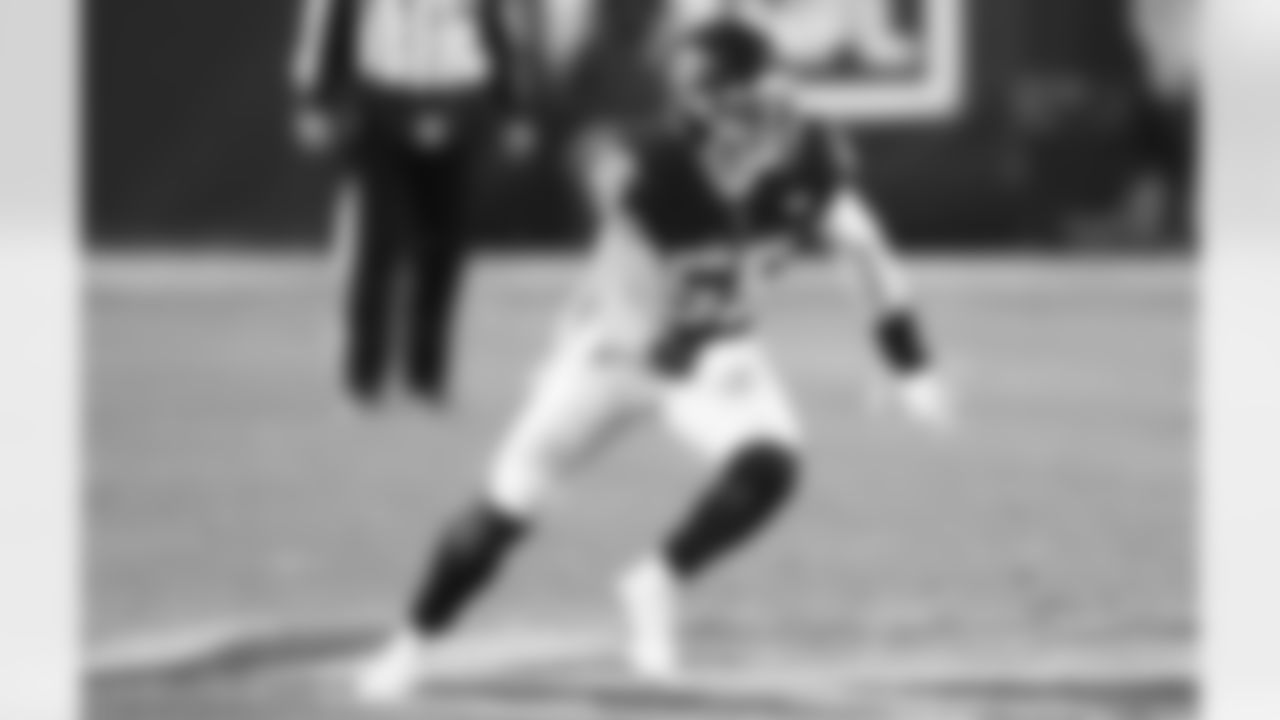
OLB Cole Holcomb
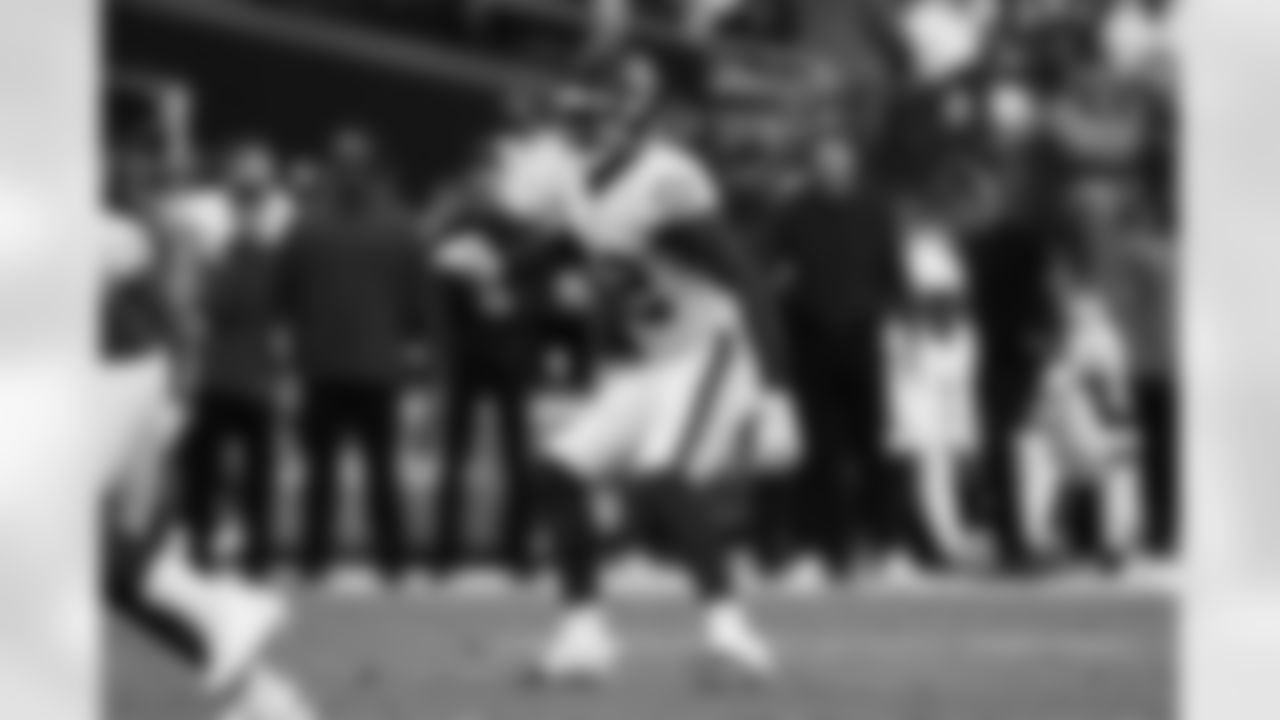
MLB Jamin Davis
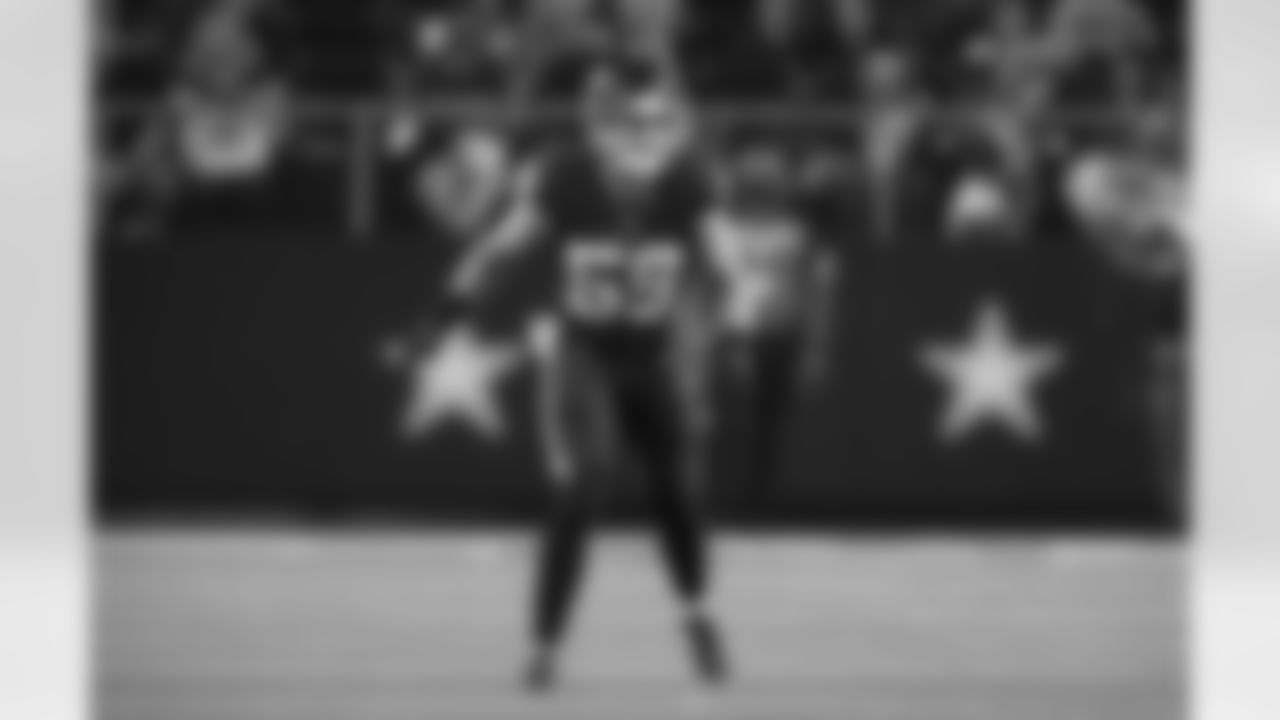
OLB Jordan Kunaszyk
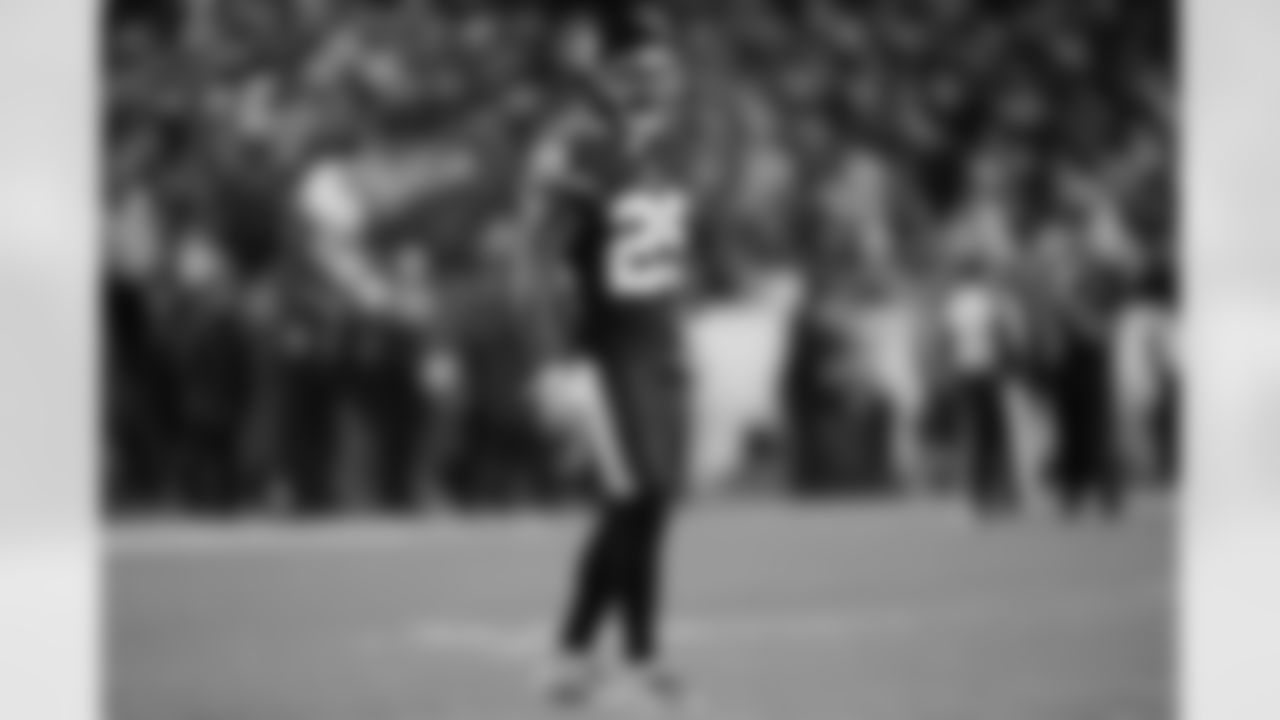
CB Kendall Fuller
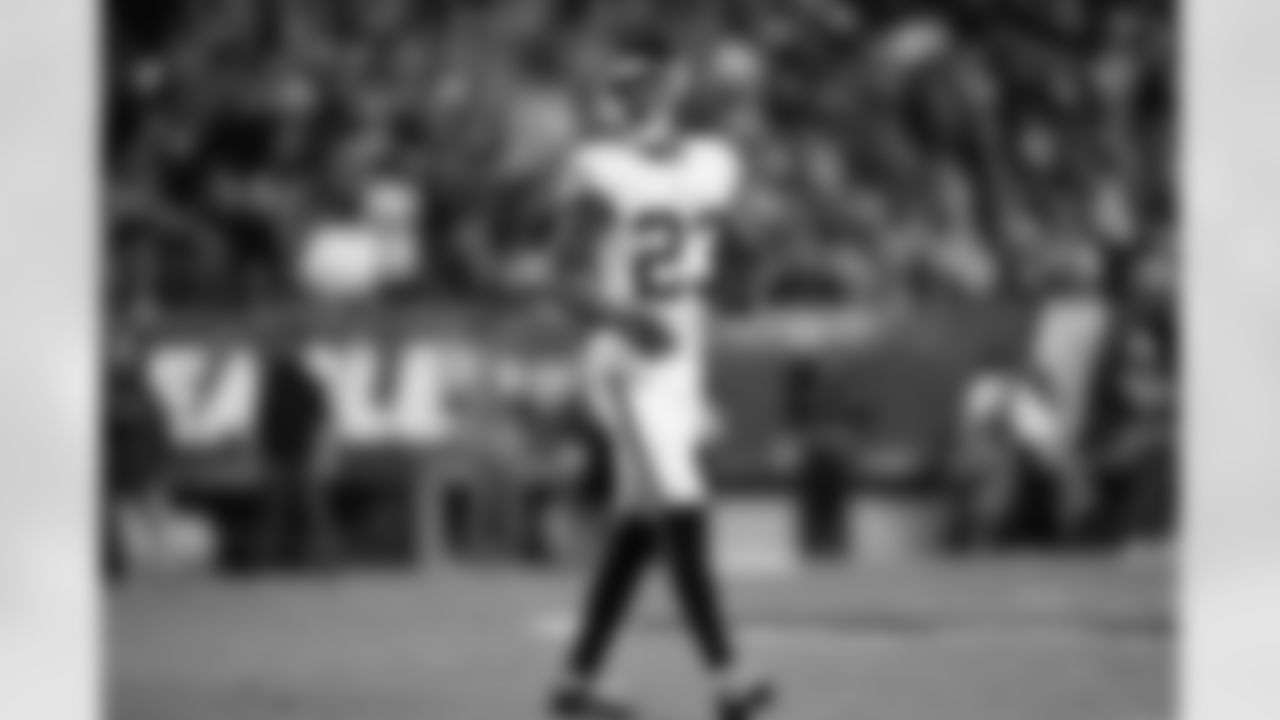
CB William Jackson III
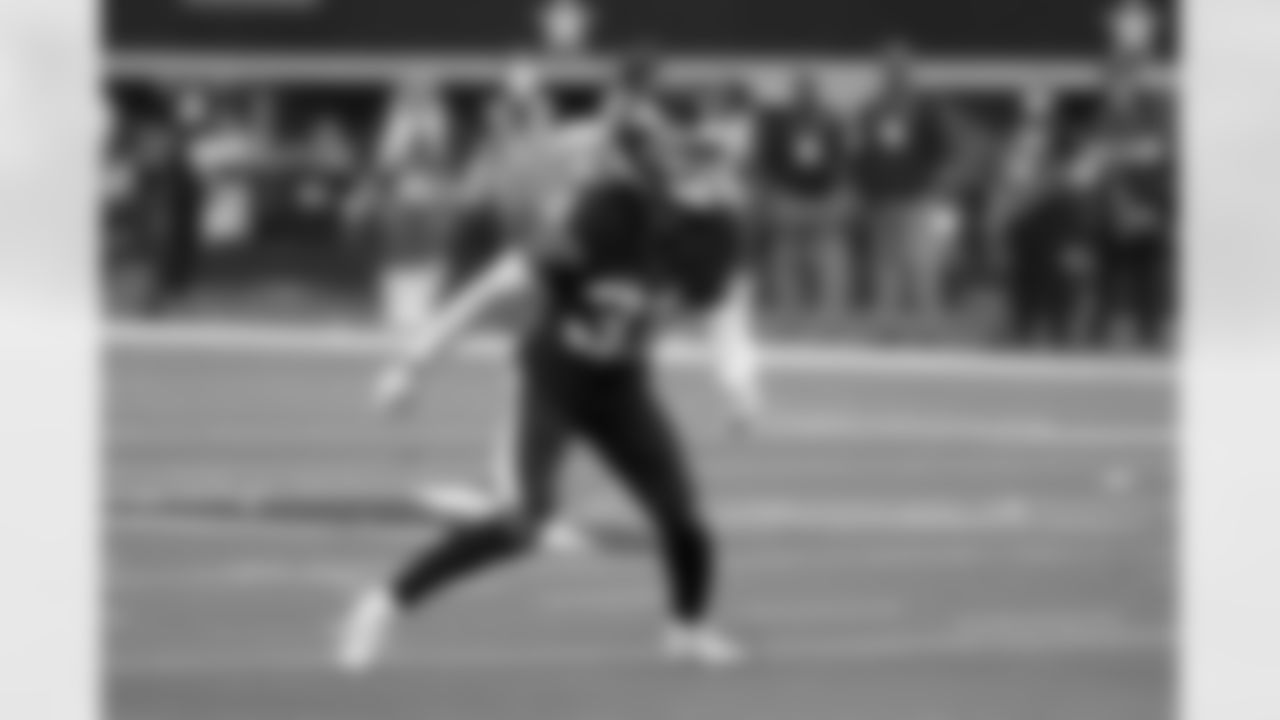
SS Kamren Curl
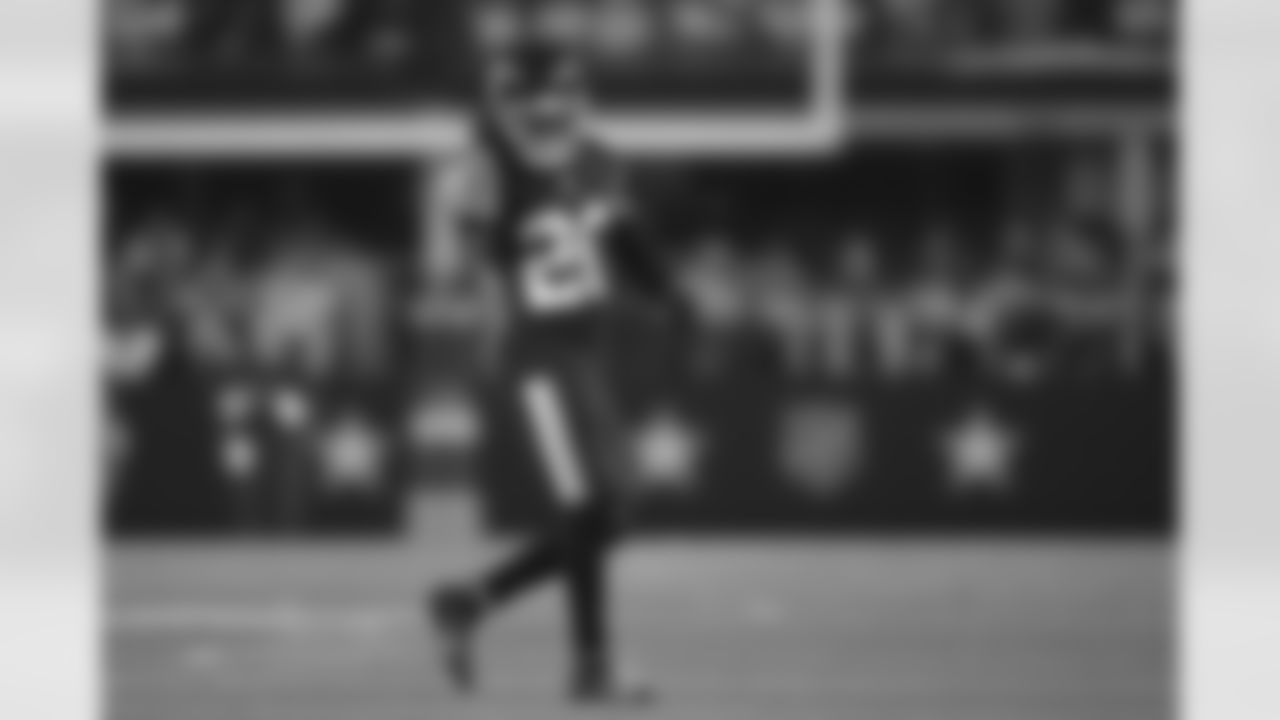
FS Bobby McCain
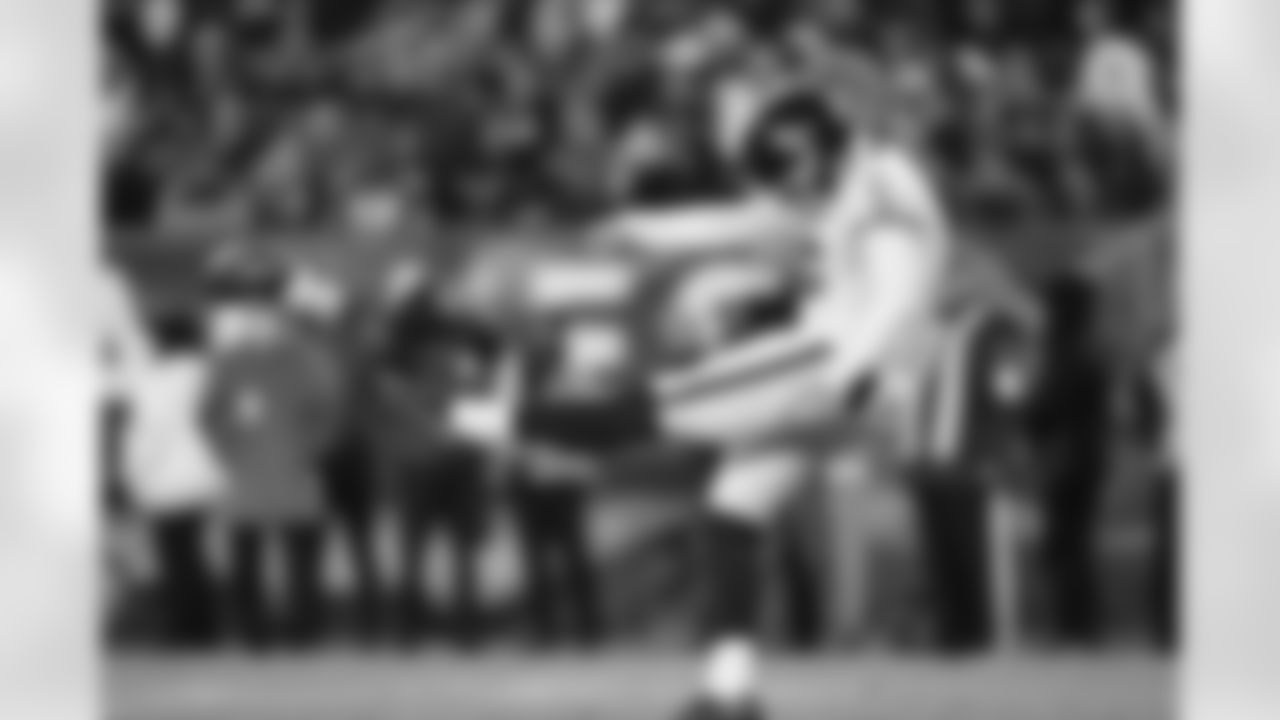
P Tress Way
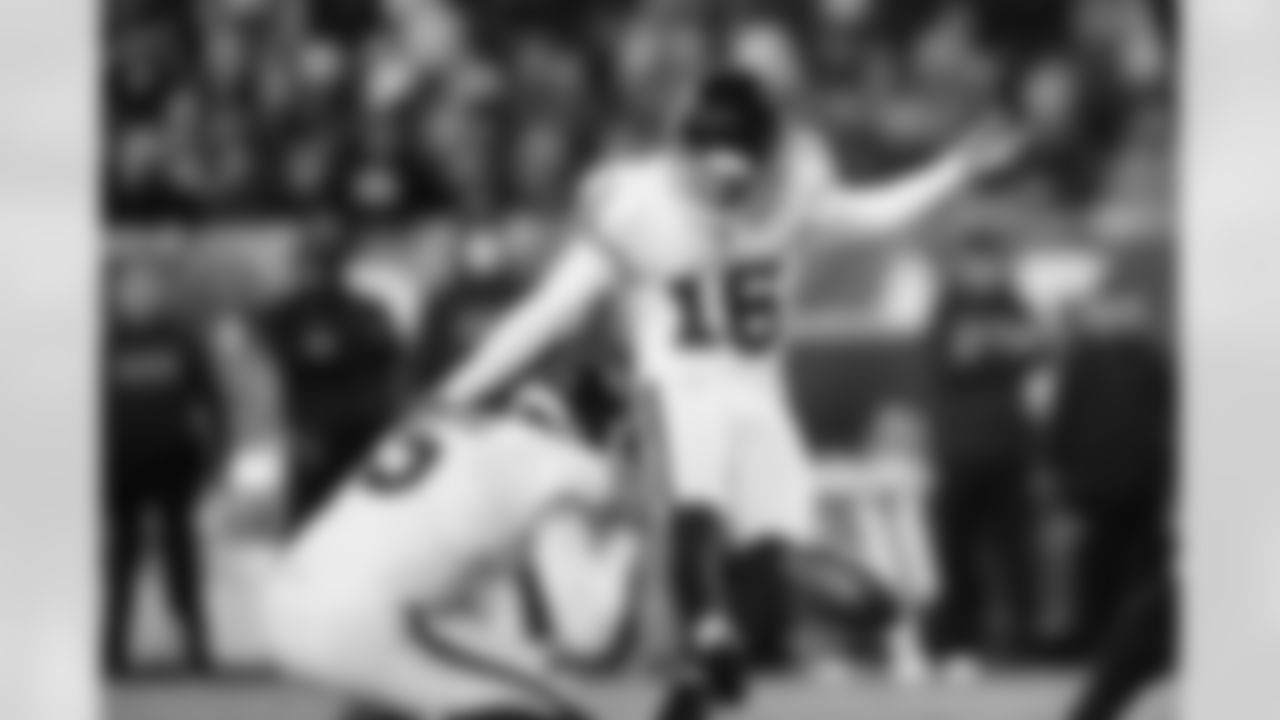
K Brian Johnson
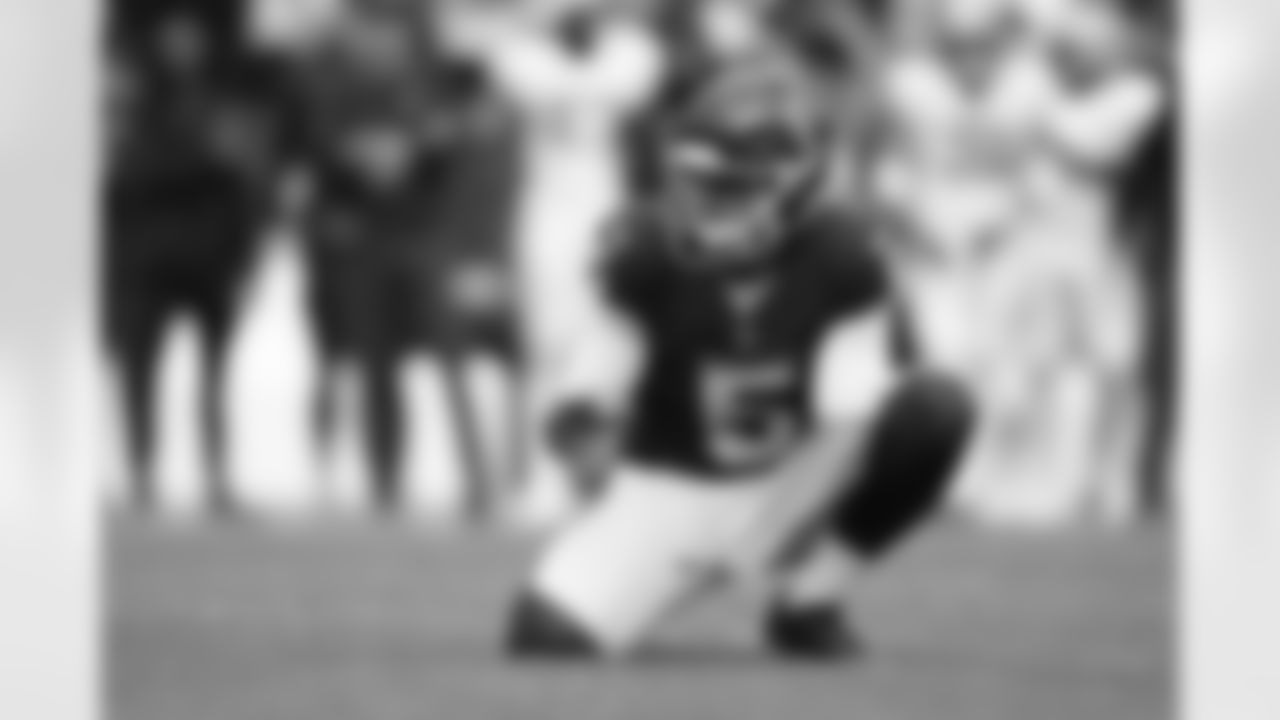
H Tress Way
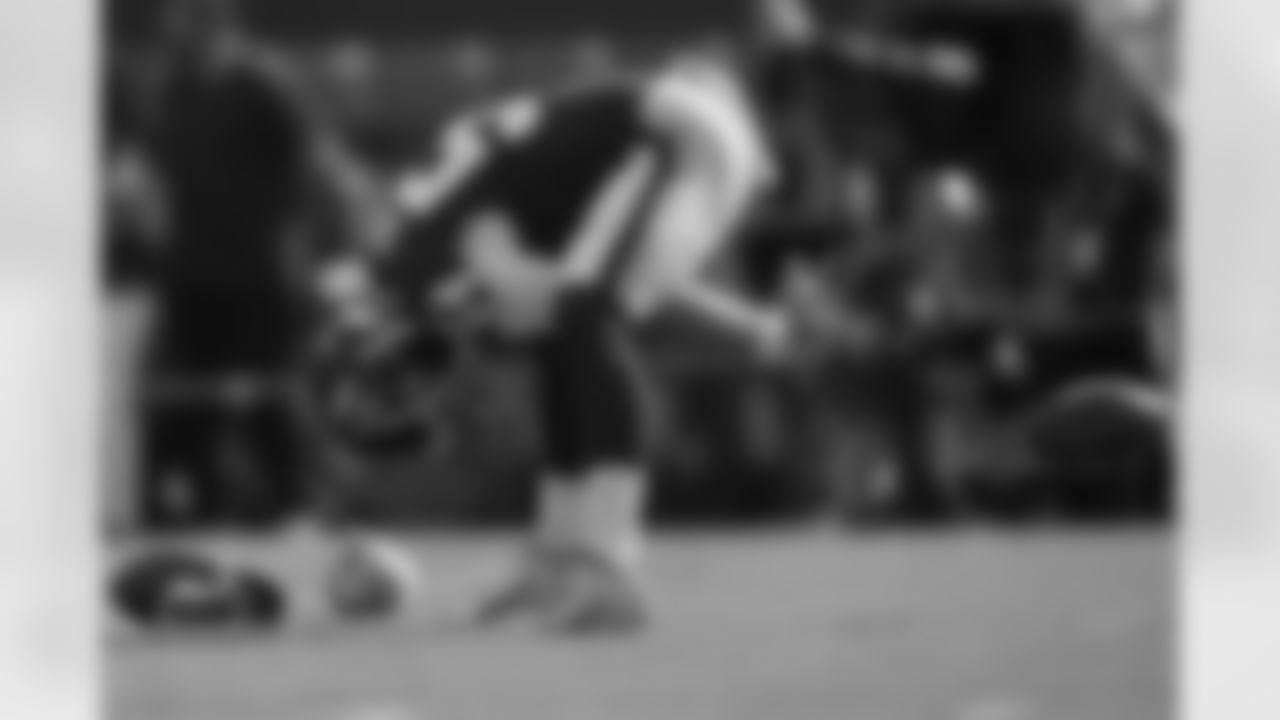
LS Camaron Cheeseman
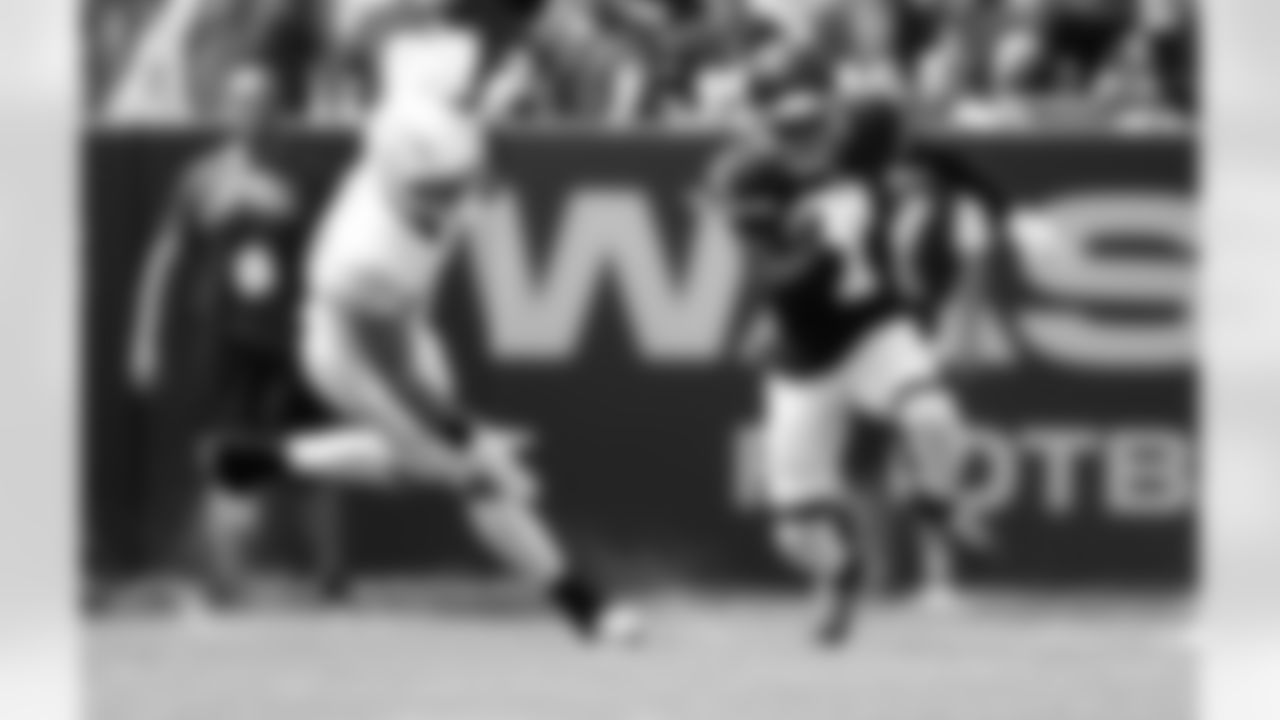
KR/PR DeAndre Carter
4. Investing up front: Washington starts four former first-round picks on their defensive line. Defensive end Chase Young (second overall in 2020), defensive end Montez Sweat (26th in 2019), defensive tackle Daron Payne (13th in 2018), and defensive tackle Jonathan Allen (17t h in 2017) apply constant pressure to opposing offenses in the run and pass games. Veteran Matt Ionnnidis rotates in at defensive tackle and is also a starting-caliber player.
In Week 1, Sweat and Young were constantly swapping against the left and right tackles. Young ended up getting significantly more snaps at left end, while Sweat was over the left tackle and right end more often.
Despite fielding such a talented line and blitzing 36% of pass plays (ninth-highest rate in the league), Washington managed only two sacks seven pressures over 52 pass rush snaps against Justin Herbert. The Chargers were well prepared and careful to get the ball out very quickly. According to PFF, the Chargers averaged the fifth-lowest average time to throw in the league in Week 1, getting the ball out in 2.39 seconds.
Sweat finished the game with one sack and one quarterback hit and Allen had three quarterback hits to go along with a sack. Young finished the game with just one pressure, but PFF credited him for beating the offensive lineman blocking him four times. He just couldn't get home because the ball got out too quickly.
5. Coverage: Against the Chargers, Washington had trouble finding answers in the secondary against a very talented passing attack. According to PFF, they mixed in quarters coverage (25% of snaps) with Cover 1 (31% of snaps) and Cover 3 (24.7% of snaps) throughout the day, and nothing seemed to work.
The Chargers converted 14 of their 19 third-down attempts, which led the league in Week 1. Justin Herbert completed 13 of his 16 third-down passes for 160 yards and 12 first-down conversions.
Washington added cornerback William Jackson in the off-season to play across from Kendall Fuller, and he played well in Week 1. He grabbed an interception and PFF tracked him for only allowing three catches for 24 yards on seven targets. Kendall Fuller and rookie Benjamin St. Juste did not have as much luck on the other side, combining to allow 13 catches on 17 targets for 168 yards.
Landon Collins (returning from a torn Achilles tendon), Camren Curl and Bobby McCain split the safety snaps against Los Angeles. Washington allowed 12 pass plays of 15+ yards last week, which was tied for the most in the NFL. Only three of those passes went for over 20 yards, and none went for over 50 yards, which indicates the intermediate level of the defense is where their secondary was vulnerable.















